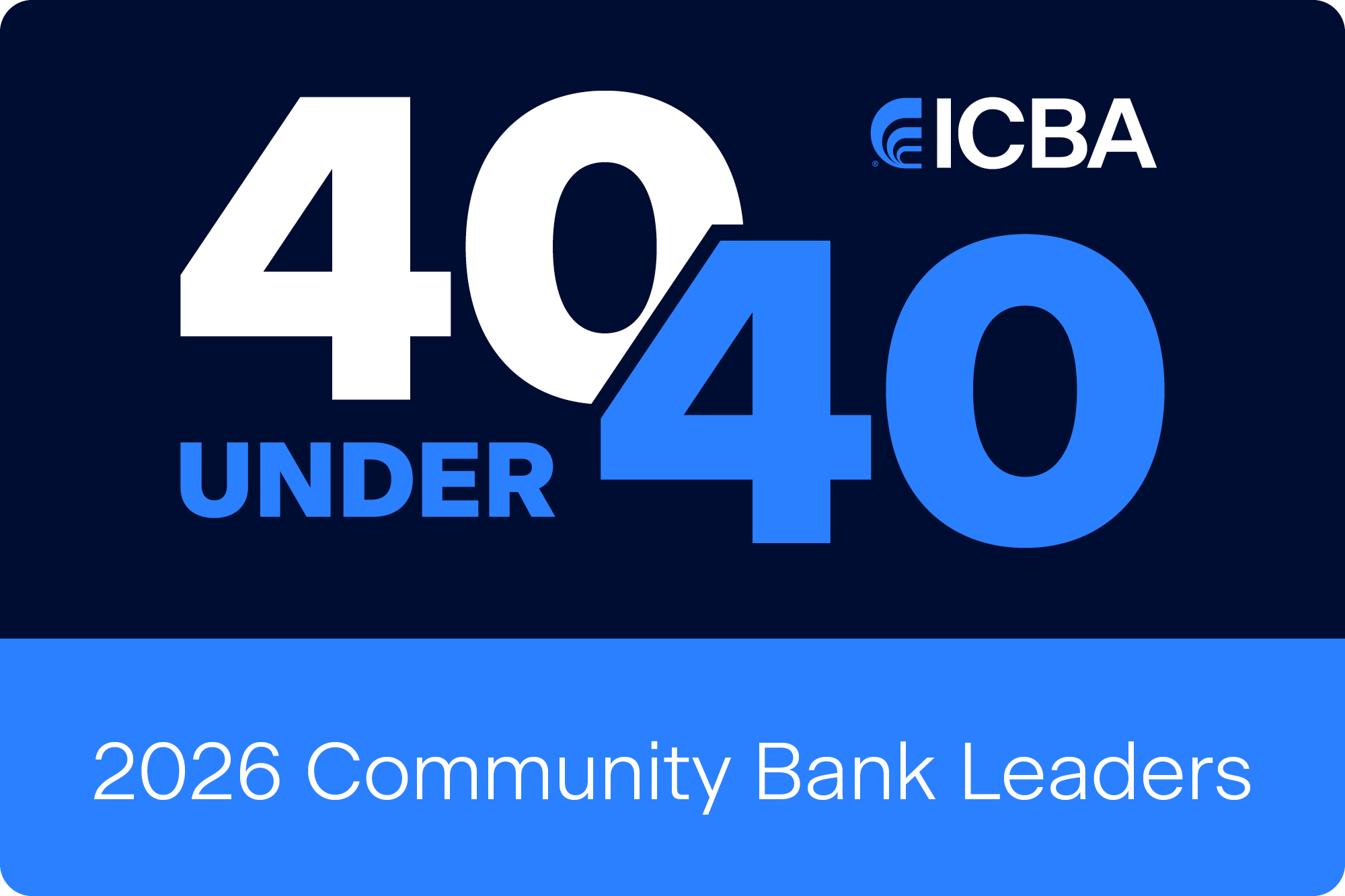Terms like ideation and innovation have become buzzwords in our industry, but it takes great leaders to translate exciting ideas into real value.
Lindsay LaNore: Moving from idea to implementation
December 01, 2021 / By ICBA
Terms like ideation and innovation have become buzzwords in our industry, but it takes great leaders to translate exciting ideas into real value.
The subject of last month’s column was how to brainstorm effectively. In other words, how do you come up with ideas to move your bank forward? This begs the question: Once you have those ideas, what comes next?
It’s all about pattern recognition and moving the information you have gathered into neater piles or buckets. You don’t want people to leave the brainstorming session feeling uneasy because they were heard but the results seem unorganized and overwhelming. “You want them to feel like you landed somewhere,” says Jana Jurukovska, ICBA’s vice president of marketing and creative director. “You want recognition that there’s a path forward.”
Identify and prioritize your next steps. If the session was about coming up with tactics and resulted in a laundry list of things to do, it’s important to assign responsibility for those next steps. Create a list of action items with names attached to them.
If, however, the session was about determining a strategy, group items together based on which direction you can go in. Jurukovska recommends asking your team to take two minutes to choose one, two or three actions that they believe are the most important. That way, you’ll have a clear idea of what to prioritize.
Alternatively, ask them to sort ideas into a bar graph of actions that are easiest and hardest to implement, as well as those that are least and most impactful. Look for the easy ones that have the highest impact and get those done first. Plan an initiative for getting the harder steps going next year. Suddenly, the list is much more actionable.
Once ideas have been grouped and patterns recognized, you can identify and discuss potential paths forward.
“That’s where potential critics come out, because everybody wants their idea to happen. The phrase that’s really useful for unsticking the critics is, ‘What would have to be true?’” Jurukovska says.
“For example, you like idea A but not idea B. What would have to be true with idea B for it to be the correct choice for us to take? It automatically turns you from a critic to a creative problem solver. If we had more resources or hired an additional person, then idea B is workable.”
The answer highlights a resource barrier that is of concern, but it doesn’t mean that the idea isn’t a viable option. Plus, it helps draw out the actual problem that people are seeing with one route or another.
Terms like ideation and innovation have become buzzwords in our industry, but it takes great leaders to translate exciting ideas into real value. Optimize your creative implementation process and make 2022 your most innovative year yet.
Subscribe now
Sign up for the Independent Banker newsletter to receive twice-monthly emails about new issues and must-read content you might have missed.
Sponsored Content
Featured Webinars
Join ICBA Community
Interested in discussing this and other topics? Network with and learn from your peers with the app designed for community bankers.
Subscribe Today
Sign up for Independent Banker eNews to receive twice-monthly emails that alert you when a new issue drops and highlight must-read content you might have missed.
News Watch Today

Join the Conversation with ICBA Community
ICBA Community is an online platform led by community bankers to foster connections, collaborations, and discussions on industry news, best practices, and regulations, while promoting networking, mentorship, and member feedback to guide future initiatives.













